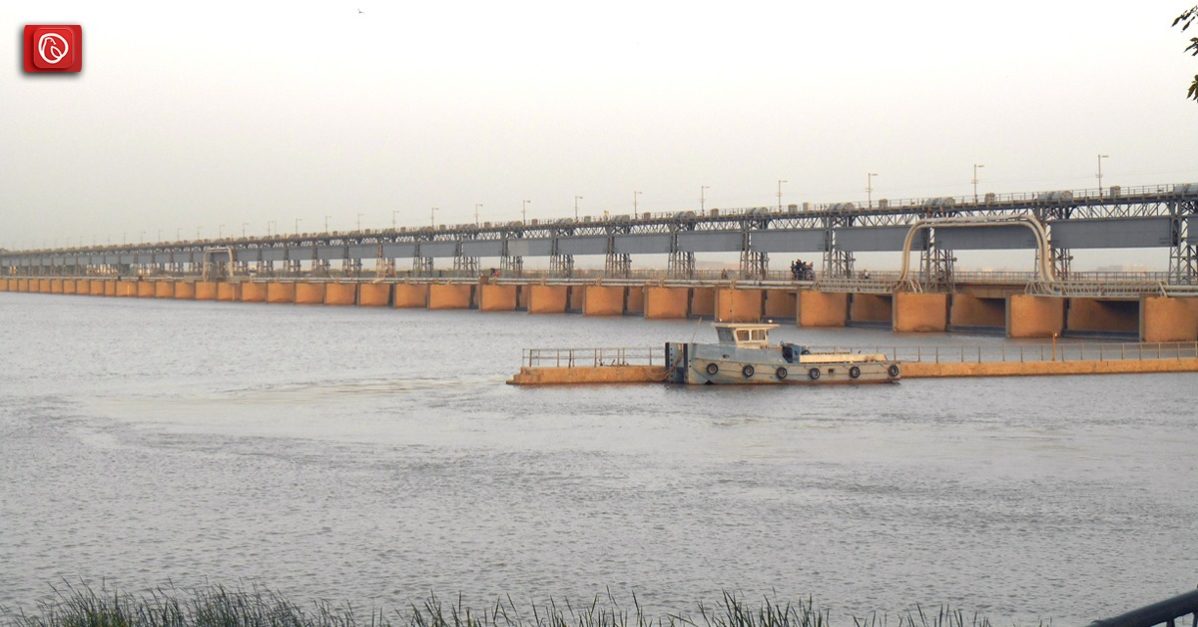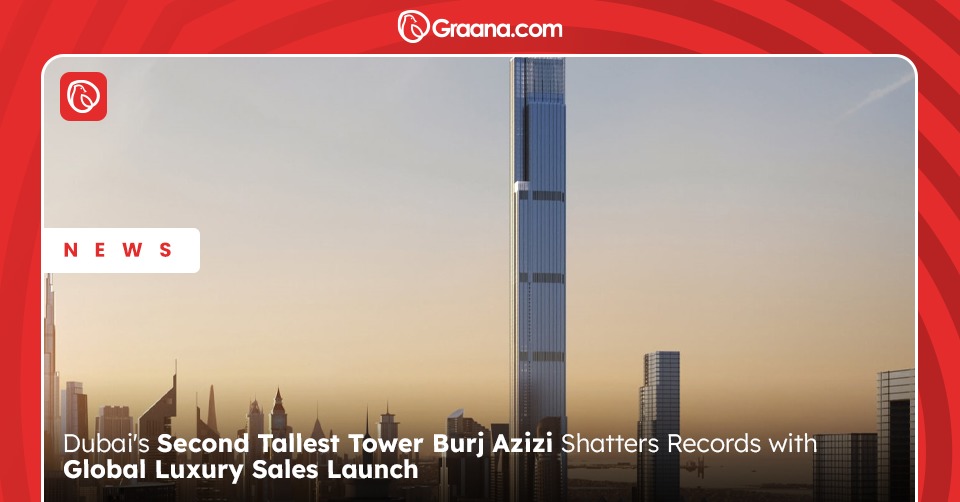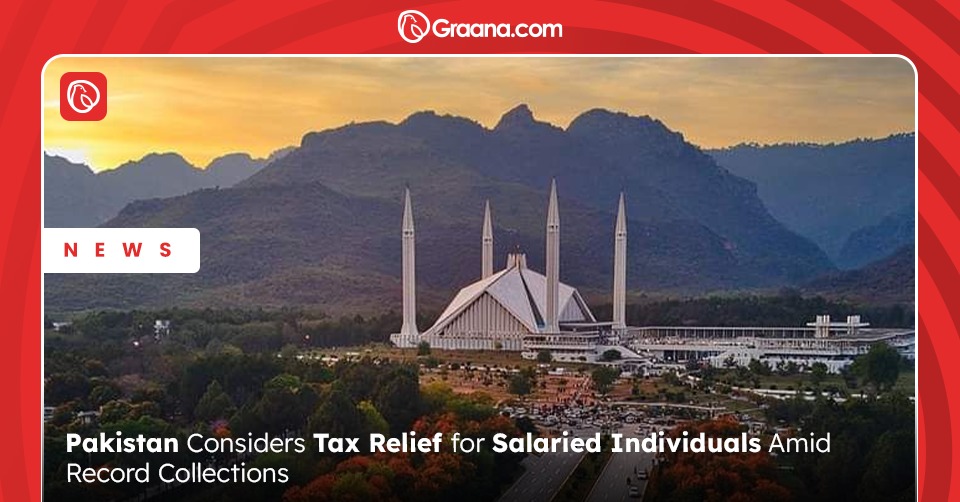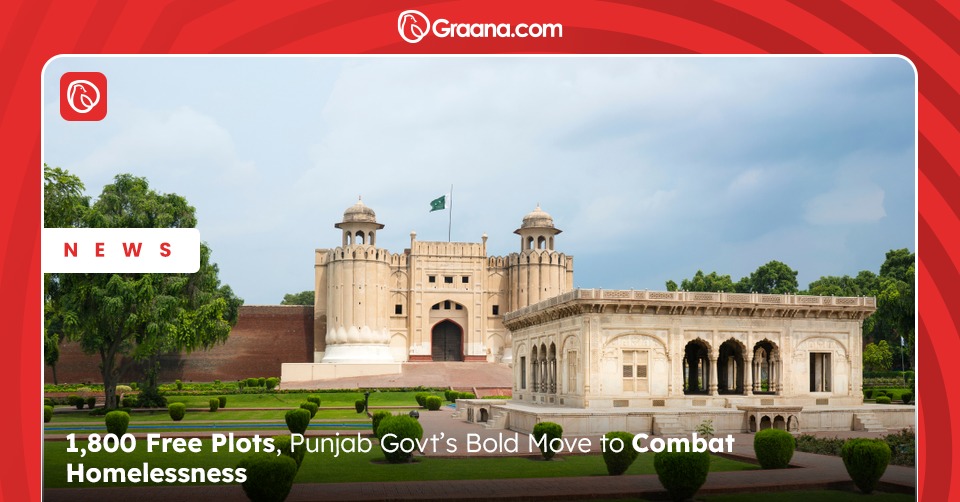The Kotri Barrage, located in Sindh is one of the largest irrigation projects in the world. It is a critical water source for the agricultural lands of the Sindh province and has played a crucial role in the region’s development since its construction. In this blog, Graana.com will explore the history, design, and impact of the Kotri Barrage.
History of the Kotri Barrage
The idea of constructing a barrage on the Indus River near Kotri dates back to the early 1900s when the British Raj initiated the development of irrigation systems in the region. The barrage was built with the primary purpose of regulating the flow of water in the Indus River and providing irrigation to the lands in Sindh. The barrage was named after Kotri, a town on the river’s east bank.
Design and Construction
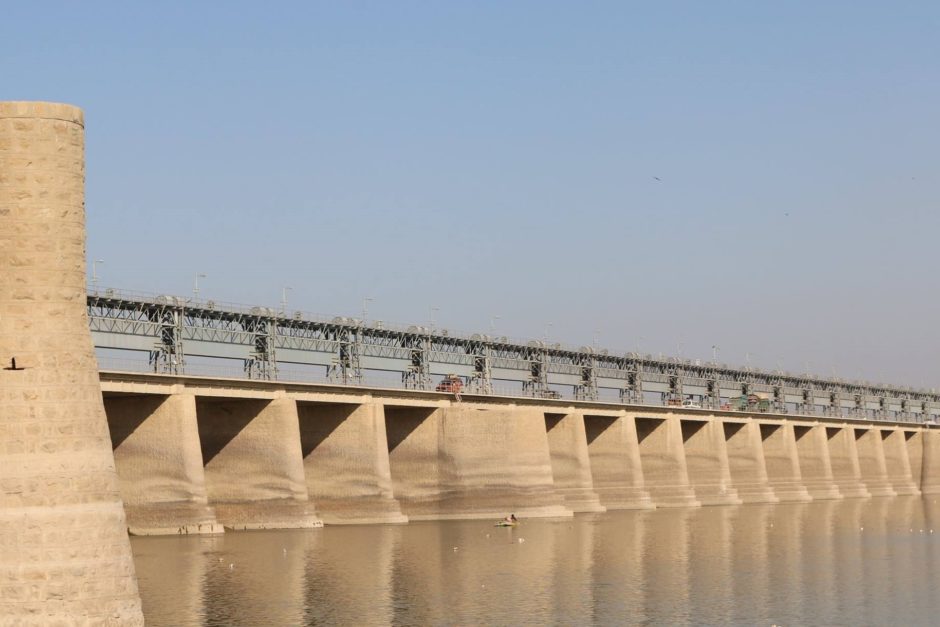
The Kotri Barrage is a concrete and masonry structure that spans the Indus River. The barrage is about 3,000 feet (900 meters) long and 16 feet (4.8 meters) high. It has 66 gates, each measuring 16 by 18 feet (4.8 by 5.4 meters), and can release up to 1.2 million cubic feet (34,000 cubic meters) of water per second.
The construction of the Kotri Barrage was challenging due to the extreme weather conditions and the rugged terrain of the region. The engineers used several innovative techniques to make the barrage earthquake-resistant and ensure its stability. They also installed a sophisticated system of sensors and alarms that can detect even the slightest vibrations and movements in the barrage.
Impact on the Region
The Kotri Barrage has significantly impacted the region’s economy and development. Before the construction of the barrage, the agricultural lands in the region suffered from water scarcity, which limited the productivity of the lands. The barrage has helped provide water to these lands, resulting in a significant increase in agricultural production.
The barrage has also facilitated the development of several regional industries, such as agriculture. The increased availability of water has provided easy access to markets for farmers, allowing them to transport their produce quickly and efficiently.
List of Other Barrages in Pakistan
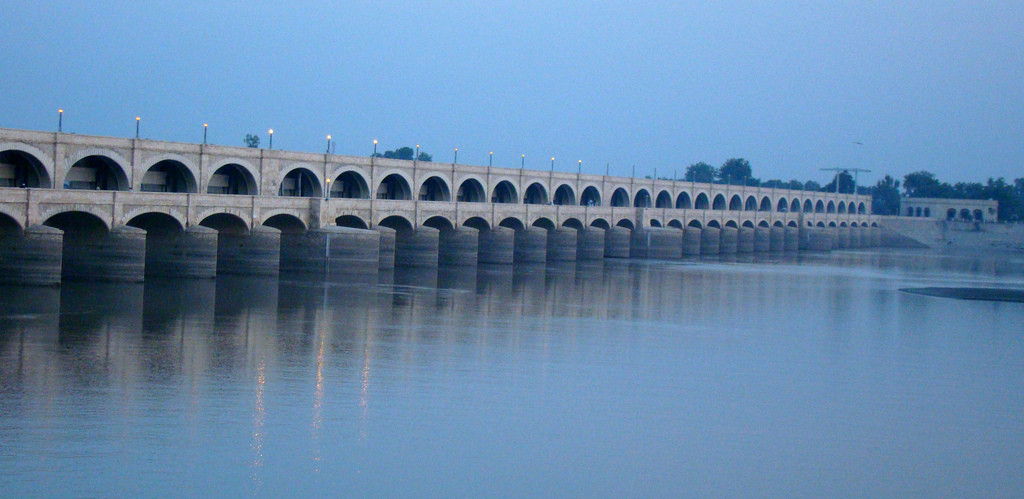
Following are some of the important barrages in Pakistan.
Sukkur Barrage
The Sukkur Barrage, also known as the Lloyd Barrage, is located in Sindh and was constructed between 1923 and 1932 during British rule. It is the largest irrigation system in the world and a crucial component of Pakistan’s economy, irrigating over 7.63 million acres of land through seven canals totalling approximately 9,923 kilometres, which constitutes more than 25 per cent of the total irrigated land of Pakistan.
Jinnah Barrage
Jinnah Barrage is located in Kalabagh in the Mianwali district of Punjab and was constructed between 1939 and 1946. It is 1152 meters long with 42 spillway gates, each 18.2 meters wide, and has a discharge capacity of 950,000 cubic feet per second. The Jinnah Barrage is part of the Thal Project, which aims to irrigate vast land in the Sindh Sagar Doab region.
Taunsa Barrage
The Taunsa Barrage, located in Dera Ghazi Khan in the district of Punjab, is another crucial Barrage on the Indus River, constructed between 1952 to 1958. It is 1325 meters long and feeds three canals that enable around six million farmers to irrigate their fields.
Guddu Barrage
Guddu Barrage is located in Kashmore, constructed on the Indus River, and completed in 1962. It provides water to a wide area of Sindh and Balochistan for irrigation and drinking while also controlling floods. With a span of 1400 meters, 64 gates that are 18 feet long, and a discharge capacity of 12 million cusecs, it supplies water to four canals, namely the Ghotki feeder, Rainee Feeder, Begari, and Phat feeders.
Chashma Barrage
Located in the Mianwali district of Punjab, the barrage was constructed between 1967 and 1971 on the Indus River. It is located 56 kilometres downstream of the Jinnah Barrage. It is 1084 meters long, with 52 gates, each 18.2 meters wide, and has a higher discharge capacity than the Jinnah Barrage. The barrage supplies water to CJ-Link Canal and Chashma Right Bank Canal.
Rasul Barrage
The Rasul Barrage, located between the Jhelum and Mandi Bahuddin districts of Punjab. It was first constructed in 1968 on the Jhelum River. It is 975 meters long, with 17 gates, each 17 meters wide. The barrage has a discharge capacity of 24070 cubic feet per second, located 72 kilometres downstream of Mangla Dam.
Marala Headworks
Marala Headworks is in the Sialkot district of Punjab, constructed on the Chenab River, and initially built in 1912. A new barrage was completed in 1968 and named Marala Barrage, supplying water to adjacent areas for irrigation.
Conclusion
Kotri Barrage is a vital infrastructure asset for the country. It is a key part of the country’s irrigation system and plays an important role in flood control and economic development. The barrage is well-maintained and continues to operate efficiently, providing essential services to the people of the region.
To know more about the irrigation system in Pakistan, visit Graana blog.
